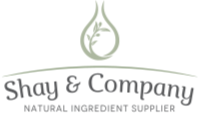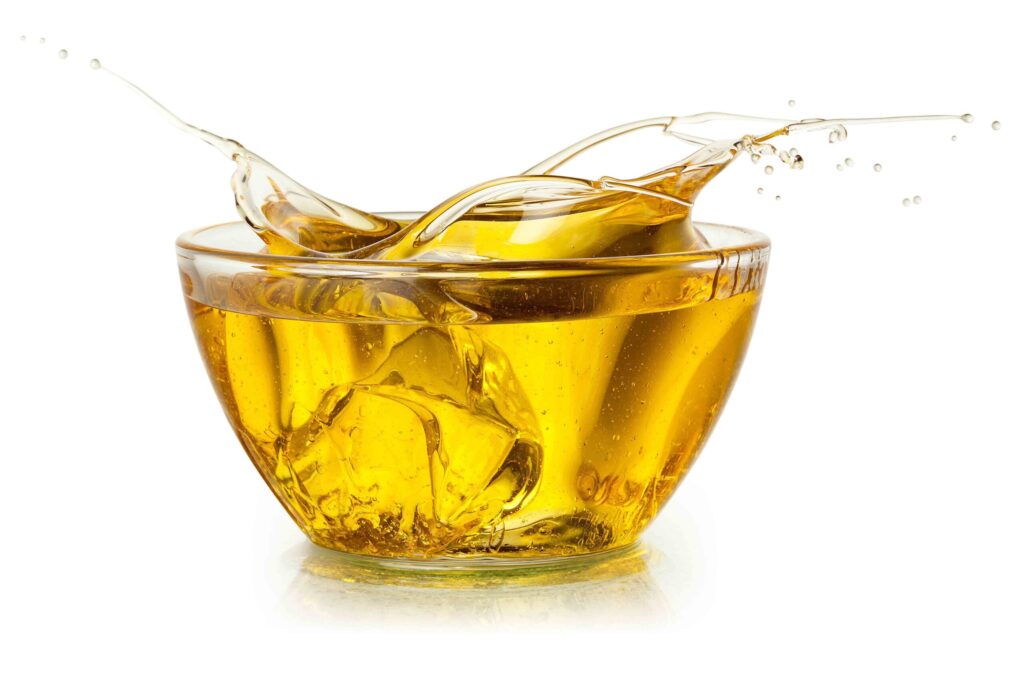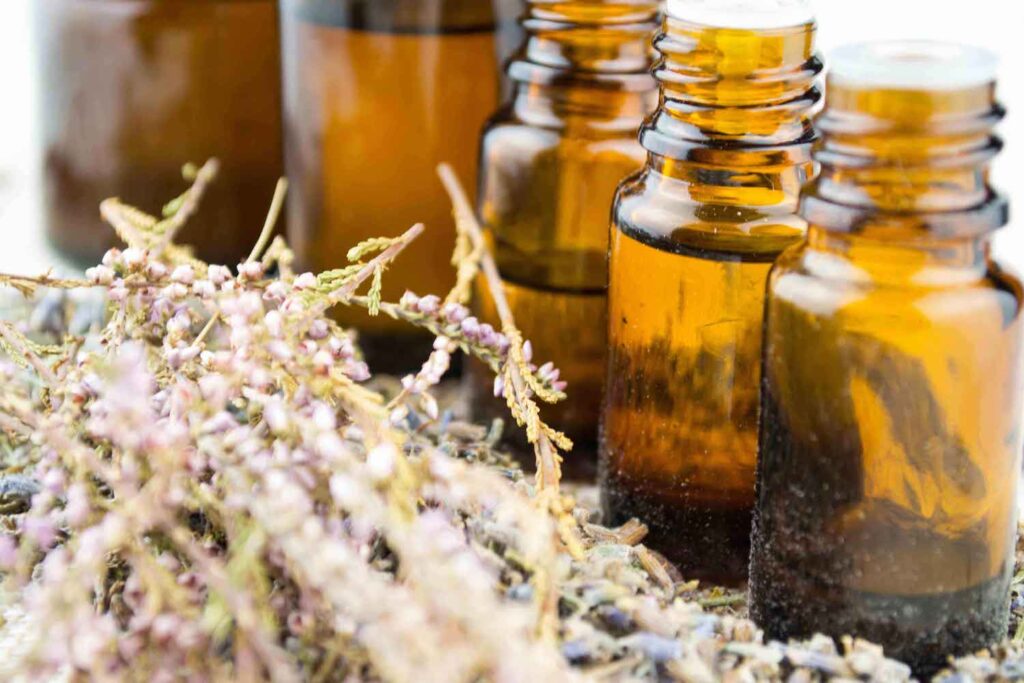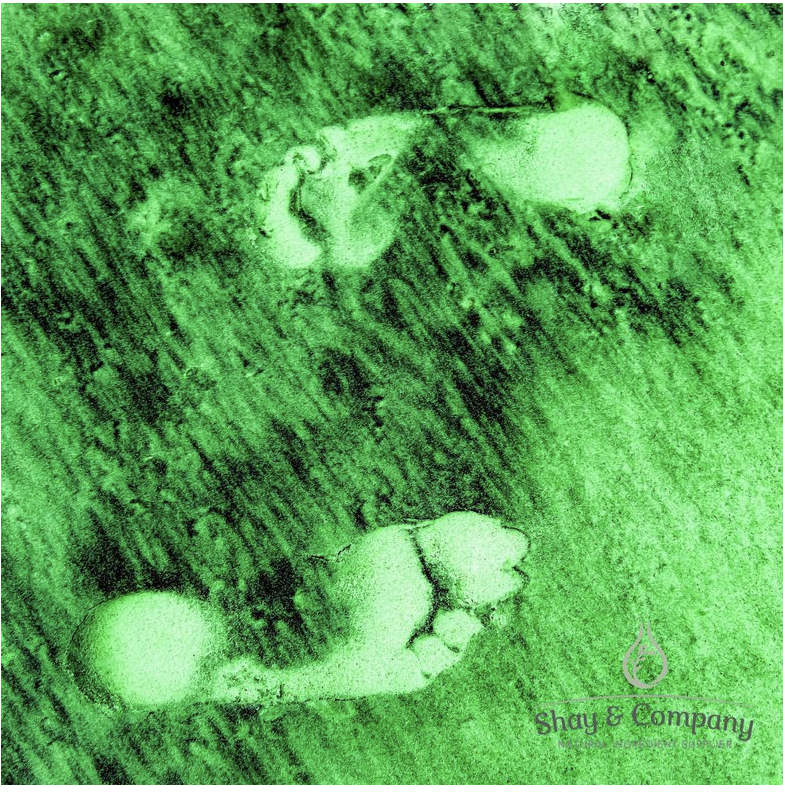Our Ethical Fragrance Standards
Shay and Company is proud to present an ever growing selection of clean and non-toxic fragrances for soap, candles and skincare. All our fragrances are suitable for natural skincare products, cold process soap making, bath bombs, tarts, body care products, and candle making. We understand the value of having non-toxic fragrance options other than essential oils, so we have worked hard to create a line of high-quality, cleanly-made, natural fragrances for candles, soaps, and other products for our customers.
Each fragrance listing will give you the top, middle and low notes, along with full information about what is and isn’t in each of our fragrances. We also list if they are prop-65 free. If they do have a prop-65 warning it is because it comes from a naturally derived source, usually an essential oil, and we do specify which ingredient that is from.
What is the difference between an essential oil and a fragrance? Fragrances are re-creations of scents, they are not single note essential oils. This means that our perfumist has gathered together natural ingredients to re-create a smell, such as “Sea Shore” or “Tobacco Bay”. These are not “natural” plant smells that you can find in nature; these are scent profiles that have been created through the blending of different ingredients. All fragrances sold by Shay and Company are clean; they do not contain any phthalates or parabens; they are designed specifically to be used in soap, candles and skincare. We have transparent fragrance standards, just like with all our ingredients.
We go through a rigorous process with our perfumist to create scents you will enjoy, and that are good for your products.
Note on fragrance names- There is no regulation on fragrance names with the FDA, and fragrance names do not represent any specific ingredient like essential oils do. You can call any fragrance whatever name you want to call it, so get imaginative with your fragrance names!
Fragrances are not just essential oil blends. Fragrances are composed of various ingredients, ranging from naturally derived to completely synthetic, to create a scent. For example, there is no naturally occurring baby powder essential oil. There is no “baby powder” plant, and you can only create essential oils from plants. Baby powder is a created smell.
There has been a lot of mis-information and slanted advertising over synthetic ingredients in fragrances. Yes, there are many, many, many ingredients that are very harmful and should not be used. Yes, from the 70’s to the early 2000’s “fragrances” were dirty products that rampantly contained many of these harmful ingredients. Since the early 2000’s the fragrance industry has been forced to grow up and start sourcing cleaner ingredients. These ingredients are still synthetic, meaning they were created in a lab, but they are not necessarily harmful. If your definition of harmful is anything that doesn’t come from a plant, then fragrances are not something you should use. In that case, check out our extensive list of essential oils. Our all natural, naturally derived, and less than 51% natural fragrance never contain any of the industry standard harmful chemicals. None of our fragrances contain phthalates or parabens. None contain any animal by-products. None contain any of the toxic ingredients.
All fragrances at Shay and Company are incredibly high in quality and have a much lower rate of solvents than traditional fragrances. This means you will use less in your formulas because they are stronger in the fragrance component. Creating fragrances with higher level of actives and less solvents also means they are more expensive. All fragrances have solvents in them, that is the only way to get them to be dispersible liquids. Here are the three categories of fragrances at Shay and Company.
All Natural– this means that every ingredient used to create that specific aroma is natural. Does not mean they are all essential oils, just that every ingredient used is from a natural source. These fragrances will be more expensive, but true to everything else, you get what you pay for. Click here to see all our 100% Natural Fragrances.
Naturally Derived– this means that more than 51% of the ingredients used to create this aroma are natural. The other 49% will be synthetic ingredients, but synthetic does not necessarily mean bad ingredients.
Less than 51% Naturally Derived– this means that these are a blend of natural and synthetic ingredients, but the natural is less than 51% of the formula. Some scents just cannot be created using natural ingredients. These are still very good ingredients; they just aren’t from nature.
How to Read a Fragrance SDS-
SDS for fragrances can sound scary! Everything in there is meant to create pure caution, I am sure. These documents are meant for long-term storage information. This means anything that can catch on fire needs to be detailed in there. All fragrances are combustible, so the SDS lists everything as a hazard. Don’t read an SDS for your favorite fragrance and think it applies to topical use hazards. Some aspects do, like the eye irritation level. Any essential oil you put in your eye will cause problems, but then if you rubbed shea butter in your eye, it will also irritate.
Things that are consistent for all fragrance SDS:
- Every fragrance is flammable
- Every fragrance is combustible
- You should always wear protective clothing and eye coverage when working with fragrances in large quantities. Remember, and SDS is about large quantity handling. This is not about the 1oz bottle and dropper you’re using to add scents to your products.
- Mixtures- here is where it gets super fun. All those lab created ingredients have really daunting sounding names. This is just the technical name for each ingredient. These large and complex names mean something in the chemical world and look very foreign in the natural world but don’t let them scare you.
- EU Allergen List- this is a list from the EU specifically, outlining ingredients that can cause allergen reactions. These are outlined in each IFRA and give their percentage of use in each formula. These are not toxic, they are allergens.
All our fragrance oils come in 0.5-ounce amber glass bottles, 1-ounce amber glass bottles with dropper, 4-ounce amber glass bottles, 8-ounce amber glass bottles, and 16-ounce amber glass bottles, 5-pound HDPE jugs, 10-pound HDPE jugs, and 25-pound plastic or metal cans.






